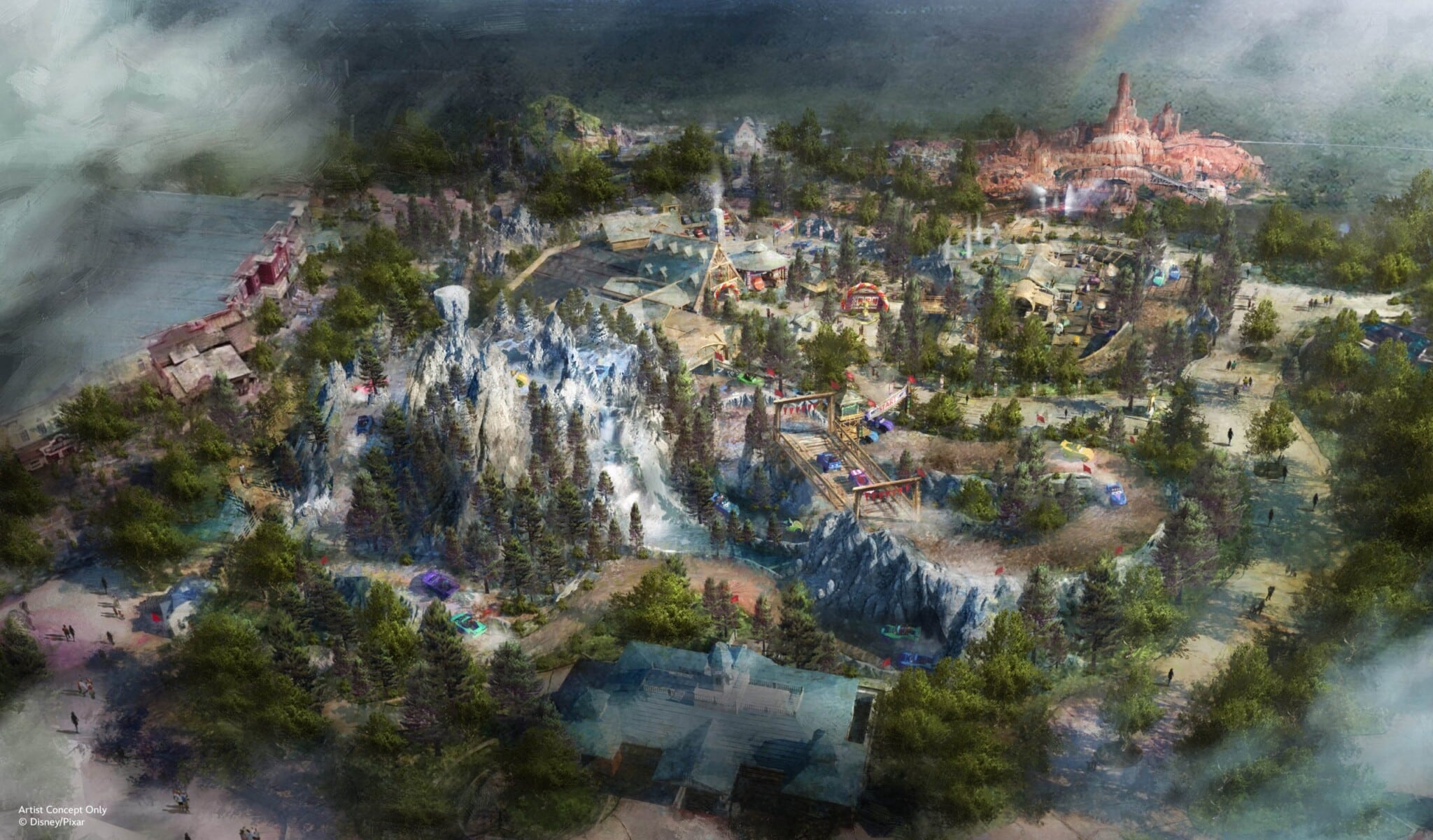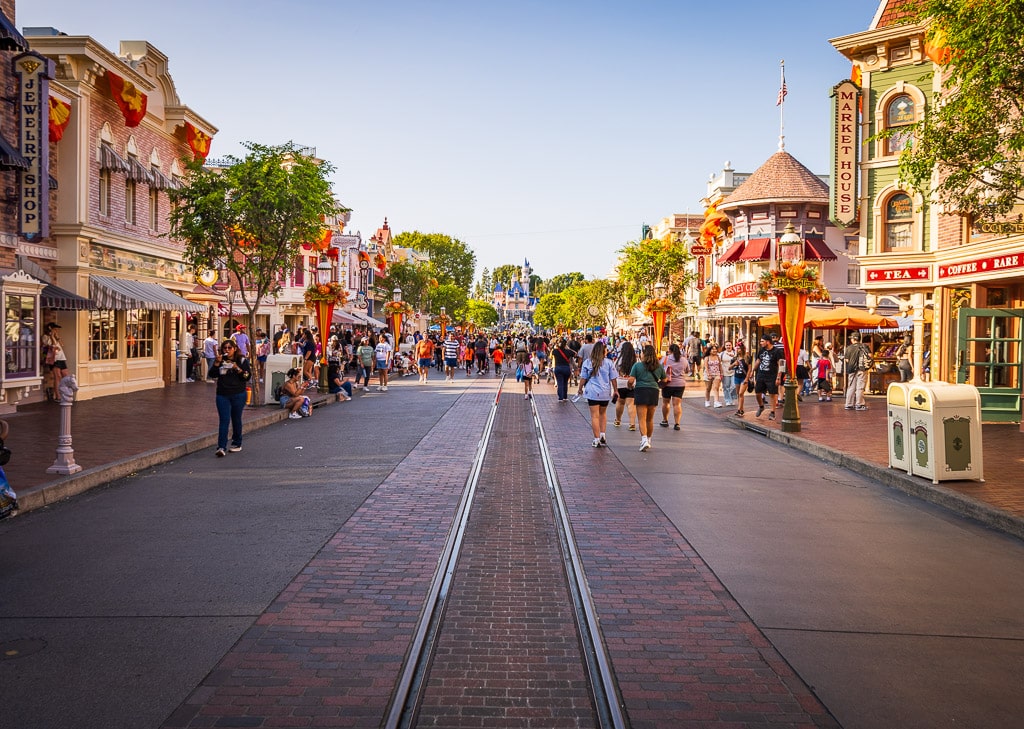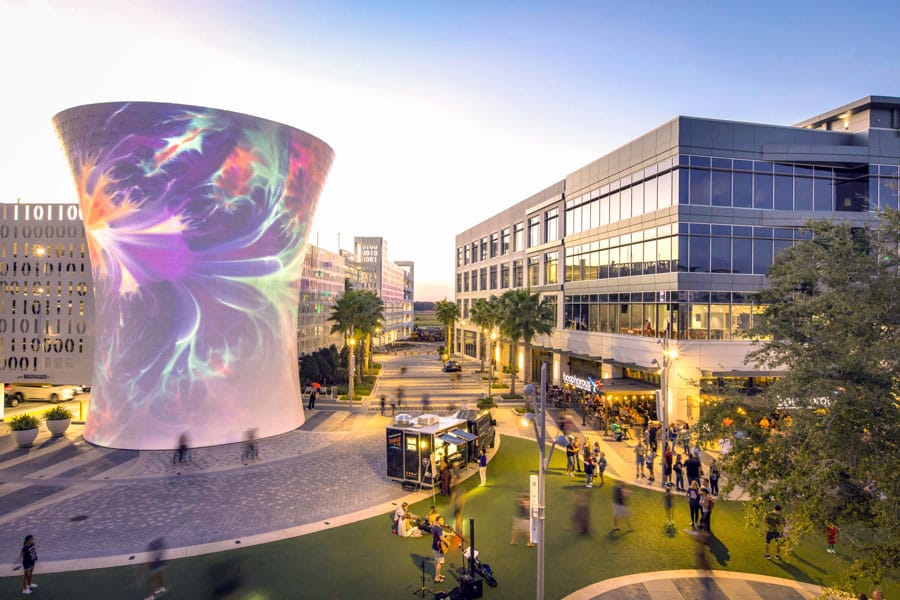
Disney has announced that the company has cancelled plans for a new employee creative campus for Walt Disney Imagineering and other employees in the Parks & Resorts division in Lake Nona, Florida, amid rising tensions with Governor DeSantis. This post shares the Josh D’Amaro’s memo to Cast Members, the history of the plans to relocate jobs from California, and our commentary.
Citing the return of CEO Bob Iger and “changing business conditions” for the company, Josh D’Amaro explained in a memo to employees that the company will not move forward with construction of its Lake Nona campus and will no longer be asking more than 2,000 California-based employees to relocate to Florida.
The Lake Nona, Florida relocation “saga” began back in July 2021, when the company announced that a new regional hub outside Orlando would become home to more than 2,000 professional jobs relocating from Southern California. At the time, the average wage for the positions was reported to be $120,000 annually.
The Lake Nona campus would become the main campus for Walt Disney Imagineering and others in the Disney Parks, Experiences and Products (DPEP) division. Initially, most of the DPEP positions based in Southern California that were not fully dedicated to Disneyland Resort or the international theme parks would be relocated to Florida.
The relocation would entail most white collar employees from Disney Parks & Resorts relocating, but that would still only represent under 5% of Disney’s total jobs in California. That’s because the bulk of Disney’s California-based workforce is frontline Cast Members at Disneyland Resort, with other white collar campuses for the corporate headquarters and Walt Disney Animation in Burbank, plus Pixar and Lucasfilm in Northern California, among other non-parks divisions in the state.

At the time of announcement, the Lake Nona move was then expected to take place over the course of 18 months. The new campus would begin to open by December 2022, and be totally completed by 2023. Disney’s Lake Nona campus reportedly had been in the works since 2019.
Actual development on the campus began late last year, and the project had begun moving forward with construction in early 2023. To the best of our knowledge, nothing has yet gone vertical on the Lake Nona Creative Campus–it’s still mostly dirt and sod. And apparently, that’s how it’ll stay. Here’s the full memo Parks Chairman Josh D’Amaro shared with impacted employees:
Team,
I wanted to let you know that we’ve just begun communication regarding our updated plans for the Lake Nona campus.
As many of you know, the company had decided to build a new Disney campus in Lake Nona and many Cast Members, Imagineers, and Employees were asked to commit to making a move to Florida. While some were excited about the new campus, I know that this decision and the circumstances surrounding it have been difficult for others.
Given the considerable changes that have occurred since the announcement of this project, including new leadership and changing business conditions, we have decided not to move forward with construction of the campus. This was not an easy decision to make, but I believe it is the right one. As a result, we will no longer be asking our employees to relocate. For those who have already moved, we will talk to you individually about your situation, including the possibility of moving you back.
It is clear to me that the power of this brand comes from our incredible people, and we are committed to handling this change with care and compassion. I remain optimistic about the direction of our Walt Disney World business. We have plans to invest $17 billion and create 13,000 jobs over the next ten years. I hope we’re able to do so.
We are committed to our teams who call Central Florida home and to all of our Cast Members around the world, and I want to thank you for your continued dedication to Disney Parks, Experiences and Products and for delivering world-class entertainment for our Guests.
-Josh
A few hours after D’Amaro’s memo began making the rounds, Walt Disney World Resort President Jeff Vahle sent a statement offering reassurance to Central Florida businesses and community stakeholders.
Notably, both of these statements reiterate that the company is committed to investing in Central Florida, and double-down on past remarks about $17 billion in future investments. Neither invoke the Disney vs. DeSantis battle, and instead frame this as a necessary business decision based upon evolving economic conditions.
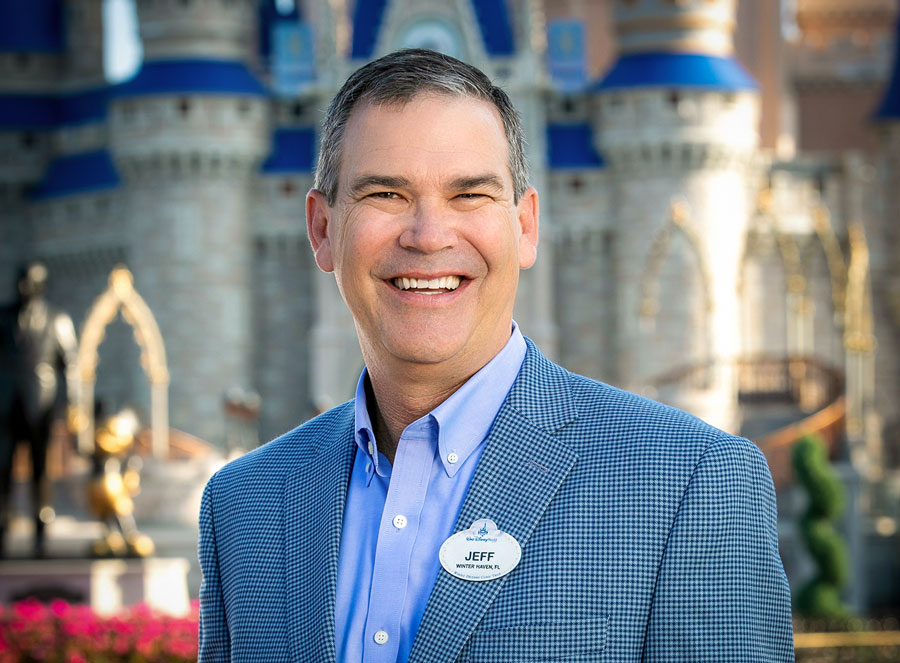
Here’s Vahle’s letter to Central Florida businesses:
Dear Community Leaders,
Today, you may have heard the news that Disney is no longer moving forward on the construction of a new campus in the thriving and growing community of Lake Nona in Orlando. Since we first announced this project, several dynamics have changed, including a change in company leadership and evolving economic and business conditions.
Regarding our world-class destination, our desire is to continue investing in our core business in an effort to attract and welcome millions of visitors to Walt Disney World and Central Florida each year so they can enjoy the kind of hospitality our region is known for around the world. Our plans currently call for us to invest $17 billion in Walt Disney World over the next 10 years and create 13,000 new jobs to continue doing our part as a leading employer in the hospitality and themed entertainment industry. We hope those plans will become a future reality.
For decades, we have operated our business responsibly and being the region’s largest taxpayer, we paid and collected over $1.1 billion in state and local taxes during last year alone.
As the largest single-site employer in Central Florida, we are deeply rooted in this community, and we continue to make investments for the betterment of our region such as our contribution of 80 acres of land to create affordable and attainable housing for our community, which we announced last year. Groundbreaking on this development is targeted for next year, with the first of 1,400 units anticipated to be completed in 2026.
We also continue to invest in our community through our broad array of philanthropic and citizenship efforts. Over the last 20 months, we’ve provided $6.5 million in grants to locally based, non-profit organizations such as Give Kids The World, Boys & Girls Clubs of Central Florida, Second Harvest Food Bank of Central Florida, Conservation Florida, Heart of Florida United Way, Hope Partnership, The Nature Conservancy and more. This is on top of the donation of millions of hours of time that our Cast Members have contributed to deserving organizations over the decades.
Of course, none of this would be possible without the amazing dedication of the 75,000 Cast Members who call Central Florida their home. To them, we offer the best overall benefits package in the Central Florida hospitality industry, including an $18 minimum wage by the end of the year – which is well above the state’s minimum wage – affordable medical coverage, subsidized childcare, access to free higher education through Disney Aspire our 100% paid tuition programs, and pathways to help Cast at every step of their career.
While today’s decision was not easy, we remain committed to our Cast Members as well as you and our wonderful community.
Sincerely,
Jeff Vahle
President
Walt Disney World Resort
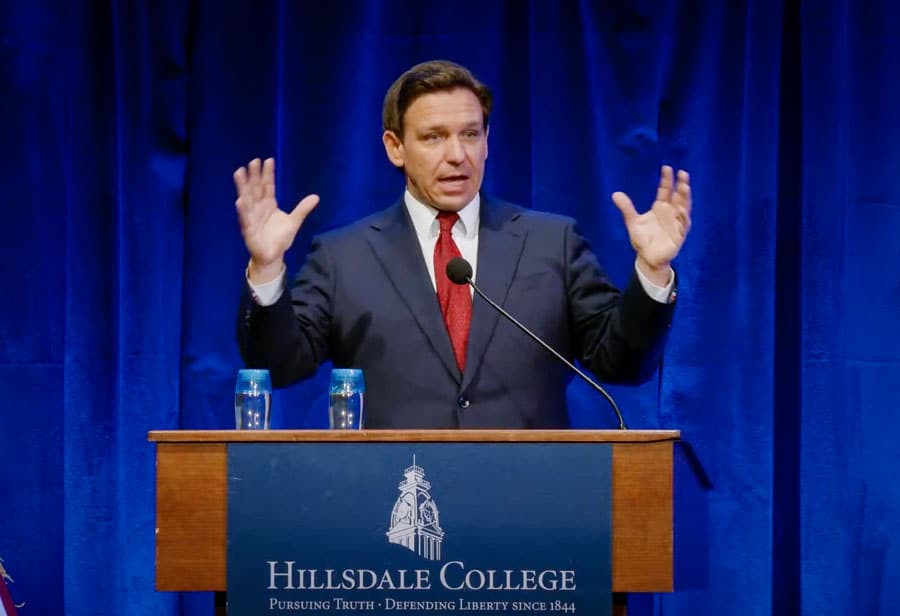
In response to this news, Florida Governor Ron DeSantis issued the following statement: “Disney announced the possibility of a Lake Nona campus nearly 2 years ago. Nothing ever came of the project, and the state was unsure whether it would come to fruition.”
“Given the company’s financial straits, falling market cap and declining stock price, it is unsurprising that they would restructure their business operations and cancel unsuccessful ventures.”
As compared to past remarks, a pretty restrained and measured statement by the governor. Of course, this is only the official and immediate press release. It remains to be seen what he’ll say in response to reporter questions or during his next public appearance.

In terms of commentary, we can’t say that we’re too shocked by this announcement. During last week’s earnings call, CEO Bob Iger was asked about the company’s “fight” with Florida Governor Ron DeSantis and how that could impact the future of development at Walt Disney World.
In response, Iger gave a long-winded answer, which ended with the thinly-veiled threat to suspend development plans/open question to Governor DeSantis: does the state want us to invest more, employ more people, and pay more taxes, or not?
Last week’s post, Will Bob Iger End Investments in Disney World?, discussed Iger’s threat/question (it also contains his quote in full), and concluded that it was mostly hollow.
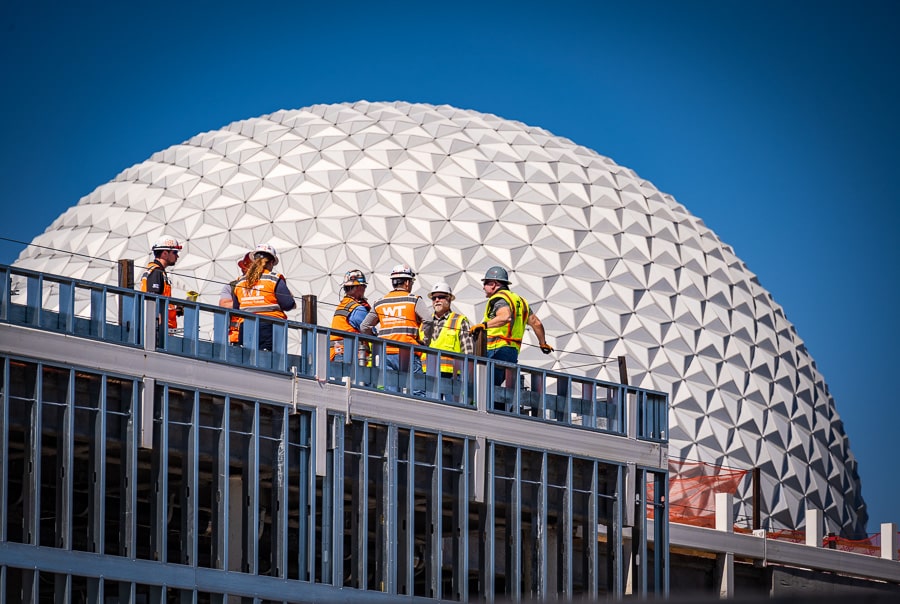
There were a couple of exceptions to that, such as holding off on announcing plans for the parks that aren’t slated to begin construction until late 2024 or 2025 and also, the Lake Nona relocation. With that said, we didn’t predict this. Our expectation was that the relocation would be paused, waiting out the 2024 election and the current legal challenges and standoff to blow over.
The Lake Nona relocation had already been delayed and probably would have had trouble meeting its current target date as-is. Formally hitting the brakes on that and leaving those jobs in California would signal that Disney is “serious” about its investment threat for Florida. Given that, we’re surprised that the plans are being cancelled outright.
However, it’s possible that this is simply a straightforward business decision based on evolving economic conditions. It’s also possible that recently-returned CEO Bob Iger made this move based on employee morale, and he never supported the decision to relocate Imagineering from California to Florida in the first place. Even occurring in the shadow of DeSantis vs. Disney, it’s entirely plausible that this is wholly or mostly unrelated.
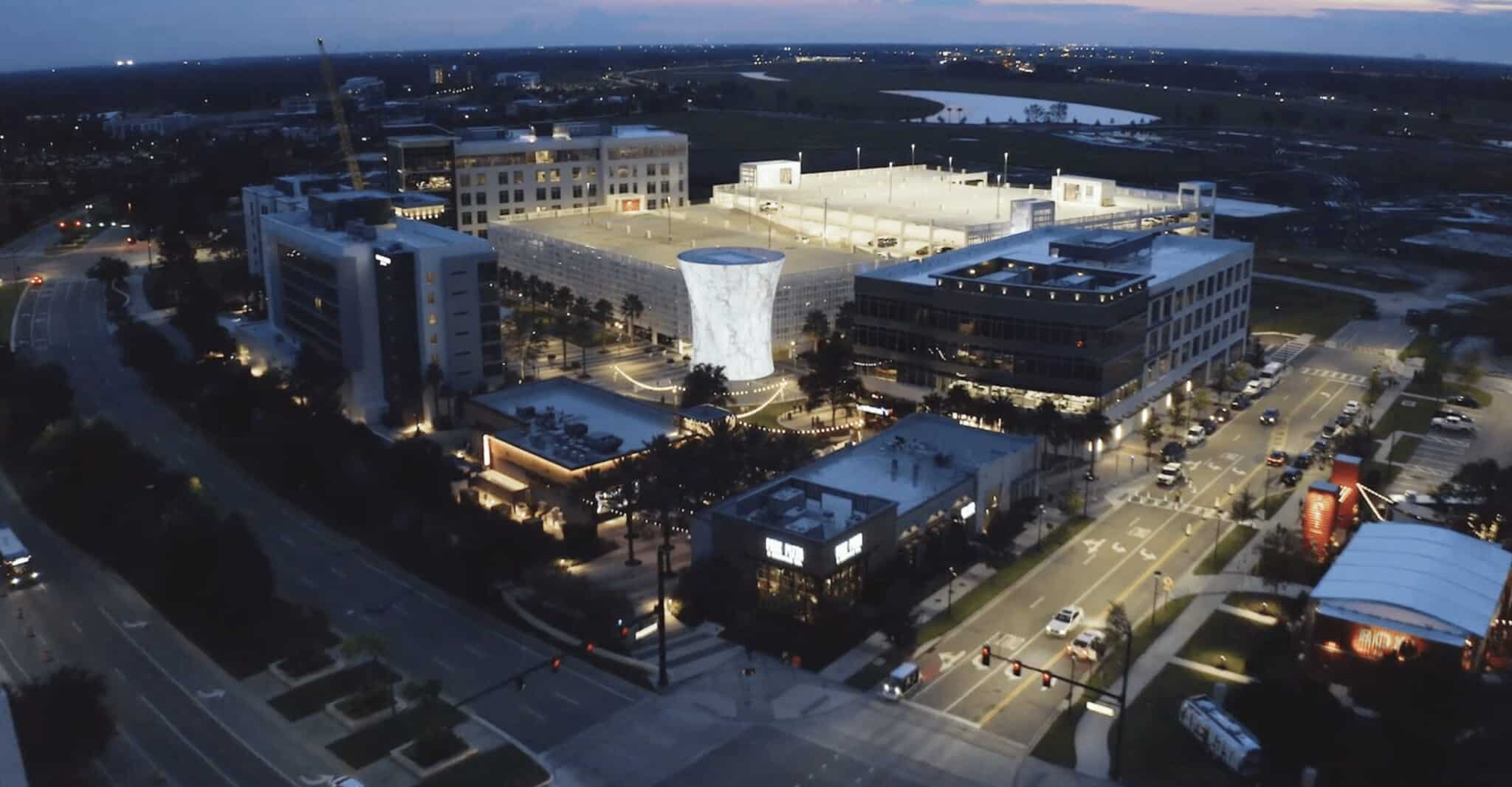
For those wanting more background about the abandoned relocation plans, Lake Nona is a master-planned community developed by the aforementioned Tavistock Co., and is located southeast of Orlando International Airport. It is home to facilities like Nemours Children’s Hospital and University of Central Florida’s College of Medicine.
For the Californians reading this, the closest comparison is probably Irvine and its eponymous real estate development company. An up-and-coming area of Central Florida, Lake Nona is already home to a respected roster of companies.
As for Disney-controlled Dynamic Campus LLC purchased real estate from Lake Nona Land Co. LLC, which is connected to Lake Nona developer Tavistock Development Co. for $46.4 million, or approximately $766,666 per acre back in Fall 2021. Disney projected that it would spend up to $864 million to build the campus, but it would have been eligible to claim more than $570 million in tax breaks over 20 years for the project from the state of Florida.
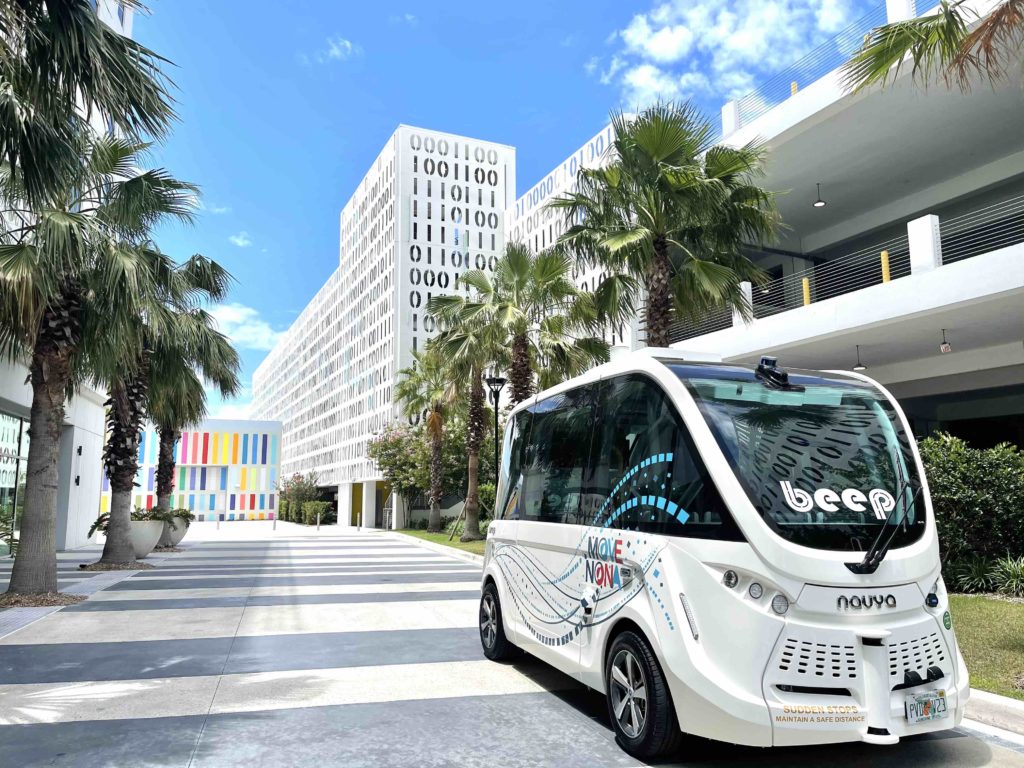
Site prep work began shortly thereafter in Late 2021, as Disney shifted its plans into high gear in order to meet its own (at the time) self-imposed 18 month timeline. Simultaneous to that, Imagineers and other employees were asked to inform the company as to whether they’d make the move.
If you follow any Imagineers on social media, you probably saw the ‘farewell’ posts as many opted to leave Imagineering rather than relocate to Florida. At least some of the undercurrent of hostility by creatives towards former CEO Bob Chapek stemmed from the way this relocation announcement was originally handled.
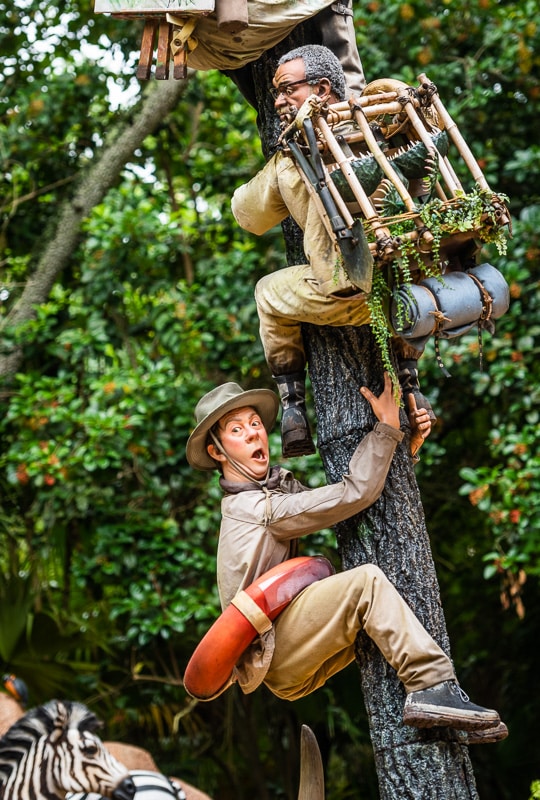
There were other issues even relatively early on. Rumblings from within the company suggested that certain positions would be exempted from the relocation, in particular those where the company has a tougher time acquiring talent and competing with other industries. (Originally, the relocation was rumored to be more targeted, rather than an across-the-board move of the core Imagineering campus from Glendale to Lake Nona.)
Following that, job postings on the Disney Careers website indicated that roles currently based in Southern California would be relocating to Orlando by late 2024. Those postings were quickly deleted or modified, but suggested the move would not be completed within the year.
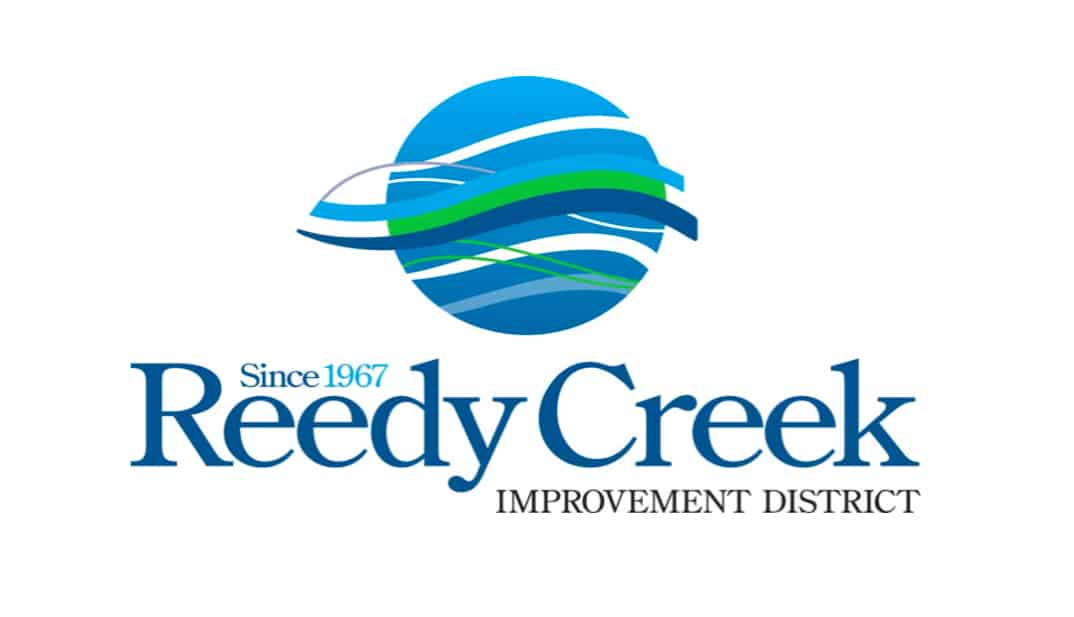
Fast forward about 11 months after the initial announcement and the timeline was officially pushed back. At that time, Disney spokeswoman Jacquee Wahler said that the expected opening date for the Lake Nona campus was pushed back to 2026 in order to “give people more time” and accommodate the construction timeline for the new offices.
Disney specifically stated that the standoff with Florida Governor Ron DeSantis and the Reedy Creek Improvement District dissolution controversy had nothing to do with the delay. Now, I’m no math whizz, but if the initial timeline is 18 months and the revised timeline is at least 3 years after the project was originally slated to be completed…something is up beyond just routine delays. (They knew employees would need time to relocate–that wasn’t some shocking revelation last year.)
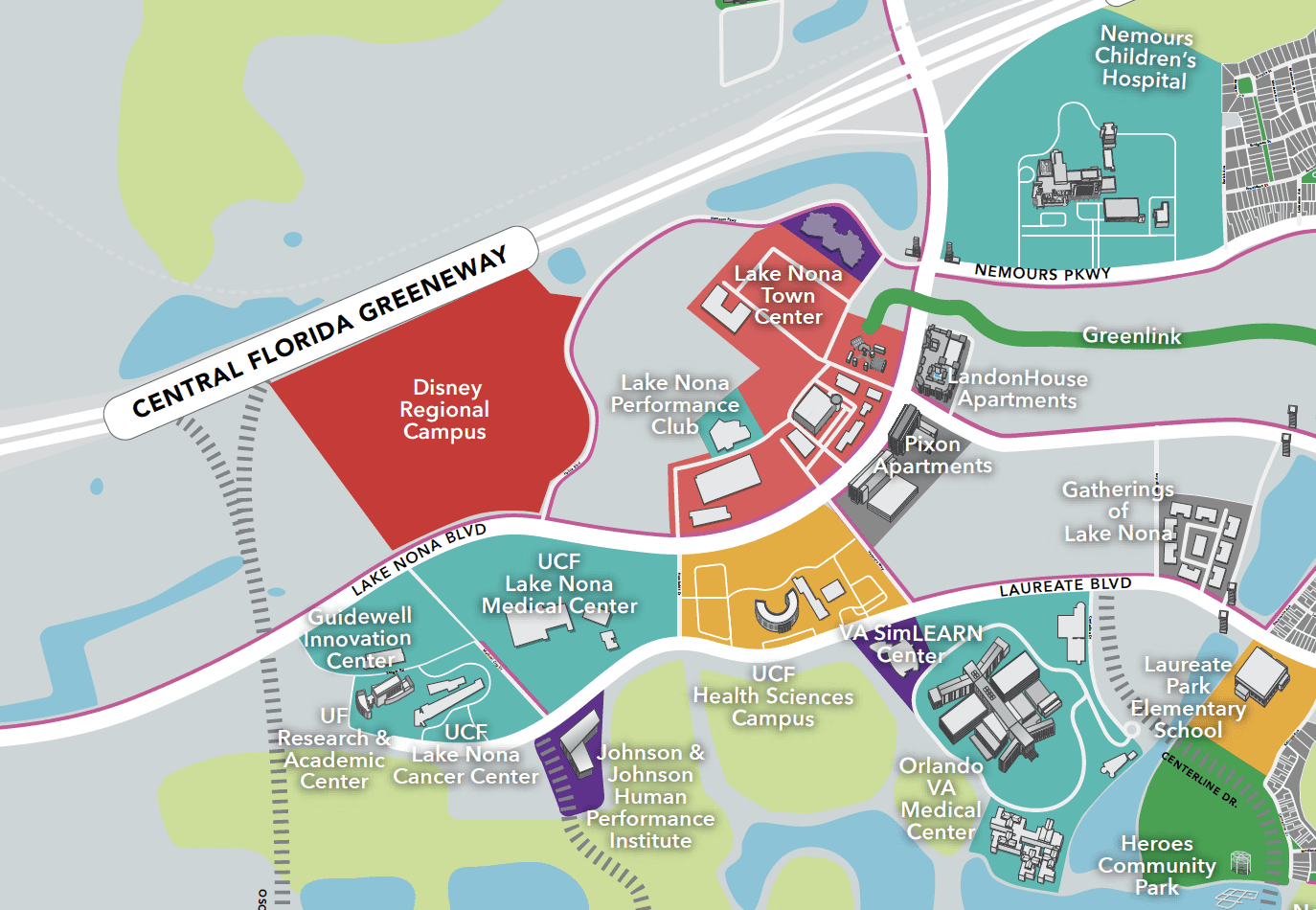
The plan below comes courtesy of a report in GrowthSpotter, which reveals that Tavistock submitted an application for a framework master plan on behalf of Disney. Per this, Global architecture firm HOK is leading the design work for the project, alongside Harris Civil Engineers. The application was filed in time to get on the March 9 agenda for the city’s new Development Review Committee.
HOK has created corporate campuses for some of the world’s largest corporations, including Honeywell, LG and Norfolk Southern, and specializes in sustainable design. For the LG North America headquarters in New Jersey, the 350,000-square-foot headquarters office achieved Platinum LEED certification.
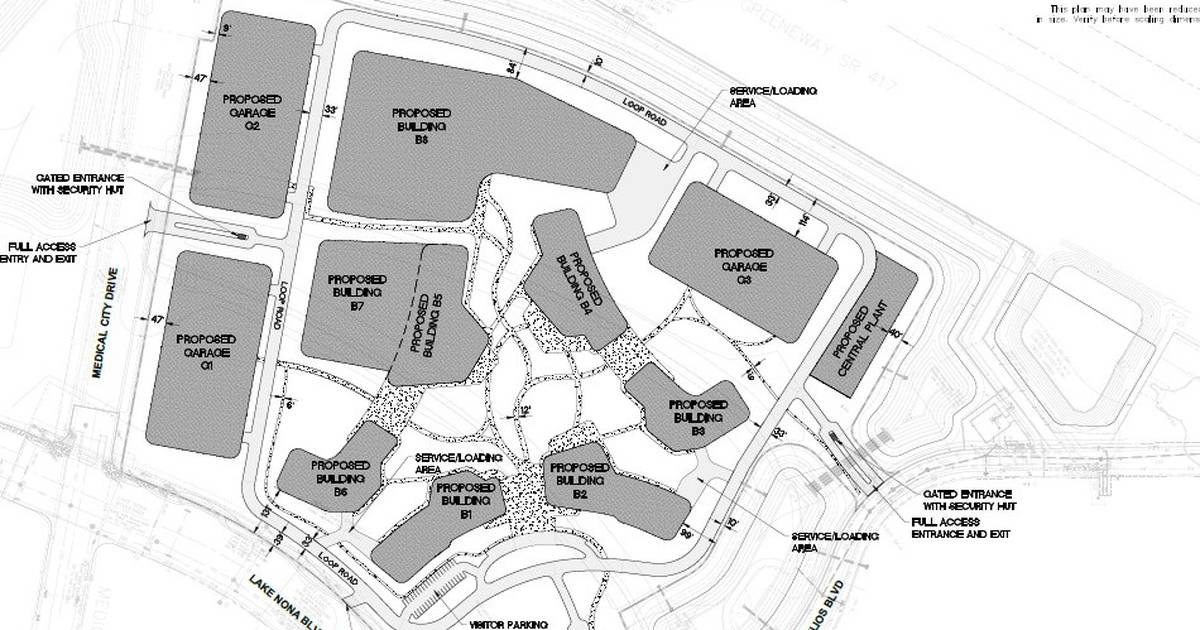
Construction of the Disney’s Lake Nona campus was to be phased. Upon completion, it would have consisted of six office buildings, two flex buildings, three parking garages, a central plant, and a surface parking lot for visitors. While the zoning allows for a maximum height of 10 stories, the initial plan called for buildings to range in height from four to seven stories. Each of the parking garages would have six levels.
The bulk of the built environment, 1.46 million square feet, is defined as general offices, while the remaining 346,000 square feet will be flex office/industrial. The offices featured 60,000 square feet of solar panels plus 2 acres of green roofs to meet the commitment to be carbon net-zero.
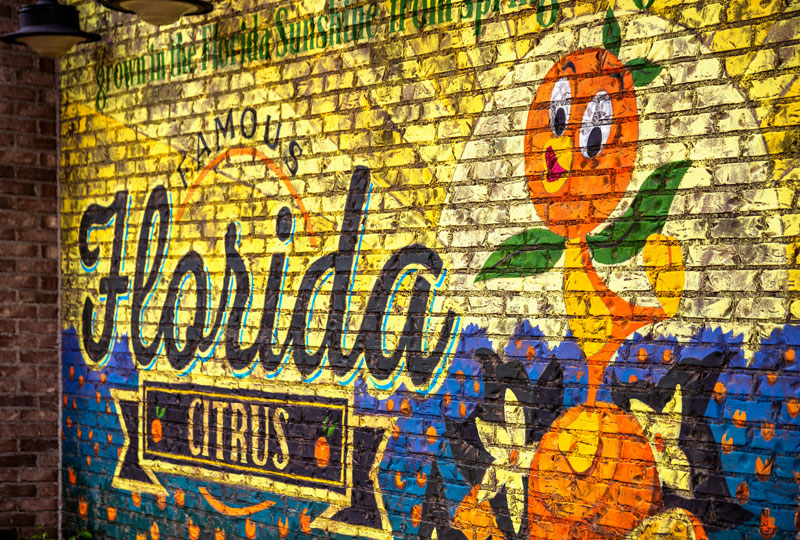
Turning to commentary, I have mixed thoughts about both the plan to relocate to Florida and its cancellation. The Lake Nona relocation is not a topic we’ve covered here much, save for offhand comments here and there. In large part, that’s because of the human side of the story–while Florida-based DPEP employees were undoubtedly excited to have more of their colleagues close to them, California-based ones have had to make tough decisions.
It’s also because I honestly didn’t think the relocation would happen, especially after the showdown between the company and DeSantis that has now dragged out into its second year. Another hesitation is an offshoot of that, as this relocation has become yet another flashpoint in the culture wars, representing the “battle” of Florida v. California for some people.

Having lived in both Central Florida and Southern California–and the respective Orange Counties that Disney’s theme parks call home–our view is that this is unreasonably reductive and not necessarily reflective of reality. To be sure, there are differences between the two, but no state is monolithic. That’s especially true of ones as large and diverse as both Florida and California.
As noted above, a fair comparison for Lake Nona is Irvine, California. It’s not like this up-and-coming section of Central Florida is the same as the Villages or some rural part of the panhandle. This isn’t to say that there are not material differences between the two–there absolutely are–just that family, schools, friends, and other ways people establish roots are likely the more significant, overriding considerations.
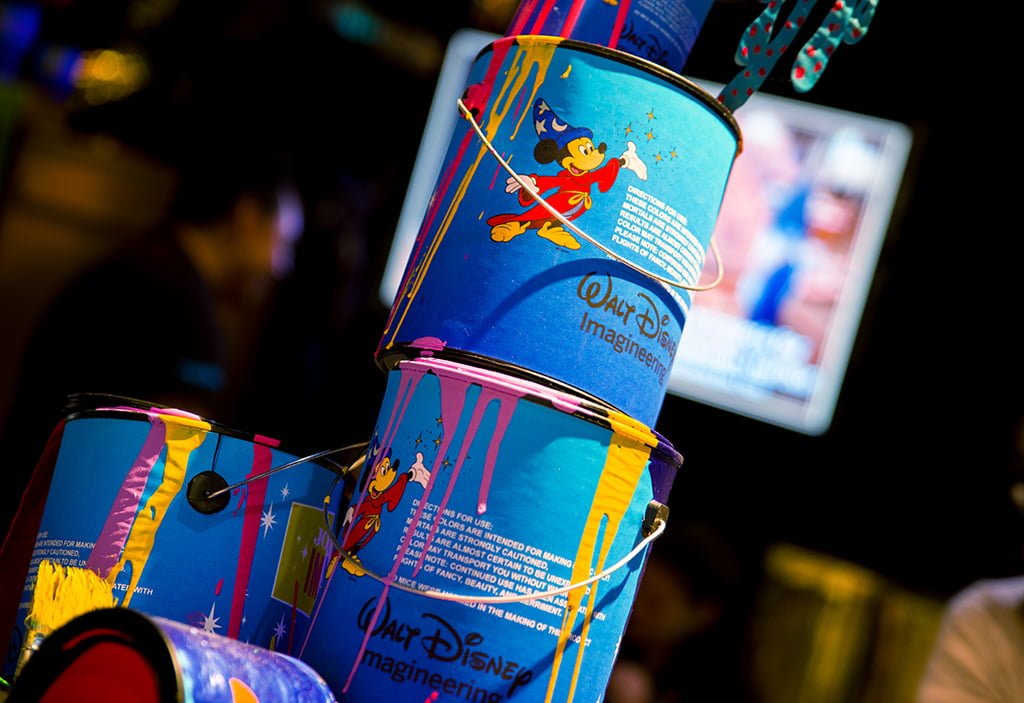
Rather than turning this into another topic on corporate governance, we’re going to look at this from a guest perspective–or more specifically, the viewpoint of Walt Disney World fans. Even if you’re a Florida-centric fan, it must be acknowledged that there’s a ton of history in Glendale for Walt Disney Imagineering, and it would have been sad to lose that. It may seem insignificant to newer fans, but the creatives walking halls and using the offices of the early greats of WED had to have been inspiring and important and reflected in the work product.
Of course, it’s the people and not the buildings that give institutions meaning, so the bigger blow is to the creative culture. Part of this has likely already playing out by virtue of blows to morale. Again, this has played out in public view on social media, as departing Imagineers and others who opted against relocating have expressed animosity and anger with the company. Some went from being stewards of WED’s rich legacy to downright disillusioned and resentful.
Even with the plans to relocate Imagineering from Glendale to Lake Nona being cancelled, that bell cannot be unrung. The people that have already departed Disney are gone, and the morale damage is done. At least it’s not being exacerbated by following through with plans that appeared increasingly untenable.

Beyond broader employee morale, there’s also the likelihood of losing tenured creatives with decades of experience and knowledge. This Lake Nona move also would have functioned as a layoff in disguise. Given that older employees tend to be those with stronger ties to a place and less to gain by a late career move, it’s likely they were disproportionate departures from Disney.
Walt Disney Imagineering was hit hard even before this in 2020, and it’s impossible to say how many of the recent high-profile retirements have actually been “retirements” (with heavy air quotes). Joe Rohde and Bob Weis quickly getting new jobs after leaving Disney strongly suggests that those were “retirements.”
Already, the negative ramifications of losing older employees has been evident at Walt Disney World and Disneyland. The loss of institutional knowledge has resulted in perplexing decisions, from the use of non-durable materials in designs to maintenance woes (and probably a lot more of which we are unaware). This is not just an Imagineering issue–it’s been a struggle for the parks since reopening, and it’ll take years to rebuild certain departments that relied on the knowledge and skills of employees who had honed their craft over the course of decades with Disney.
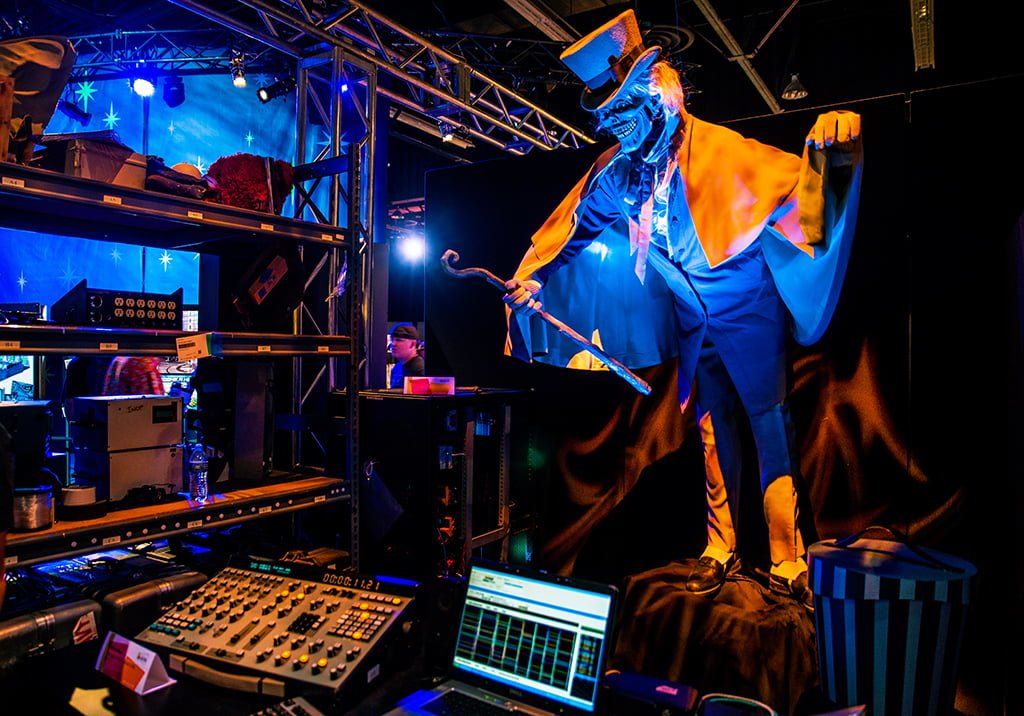
From the outside looking in, I’d imagine that there would have been other negative consequences of Imagineering not being near Disney’s corporate headquarters. I won’t pretend to know how regularly those from the c-suite drop in on the Imagineering R&D labs, enter the Dish, or otherwise poke around–but I’m guessing it’ll happen far less when it requires a cross-country flight instead of a ~15 minute drive.
Having a creative campus near the Disney headquarters in Burbank likely serve not only as a reminder of the corporate ethos, but also a good way to excite executives about cool projects–and maybe even get things greenlit.
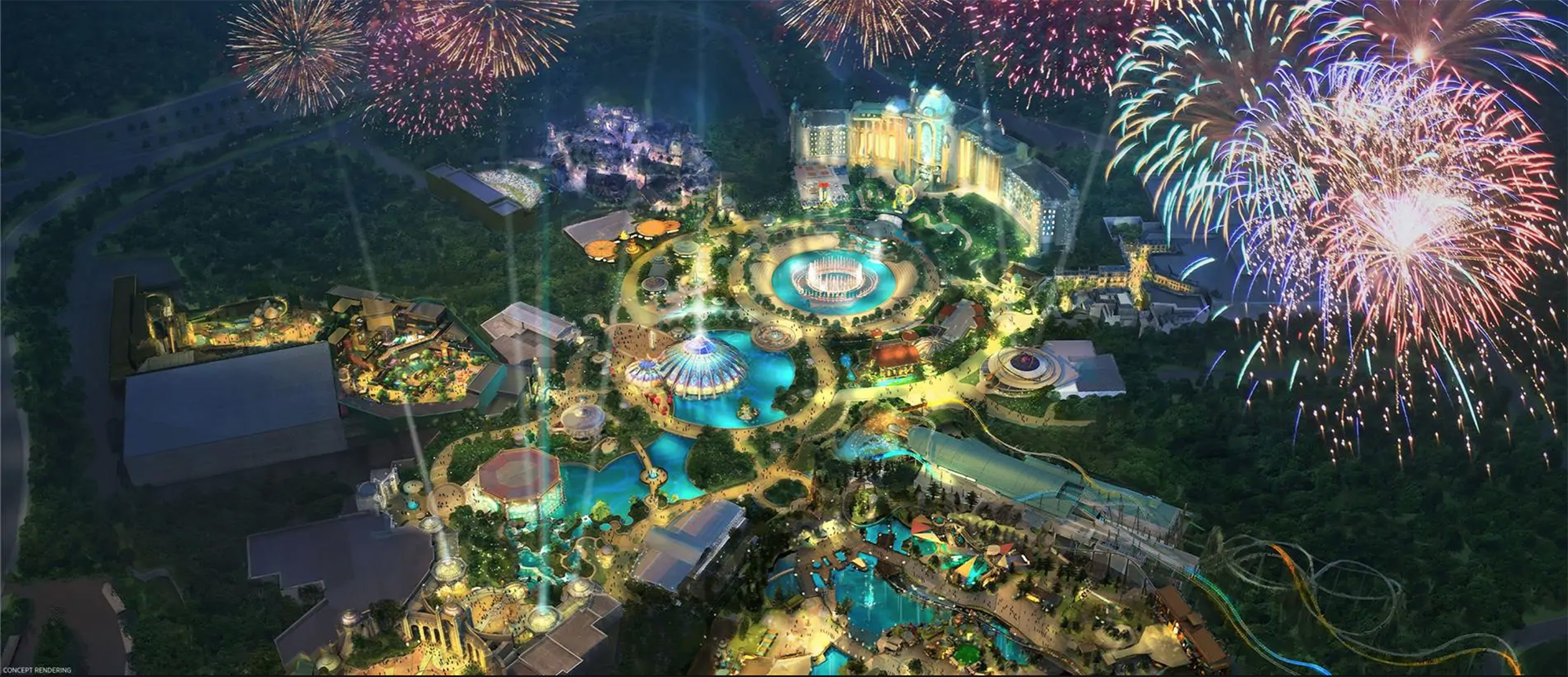
There also likely would’ve been upside in Imagineering moving to Florida for fans. Central Florida is gradually becoming the epicenter of the themed design world, with a ton of contractors and vendors being based in the area. It’s hard to see that shift reversing course, especially as major new parks (Epic Universe) and independent projects (AREA15) become increasingly common.
From a development perspective, Southern California is largely built-out whereas Central Florida is upstart and booming. There’s potential for even more to come in and around Orlando. This is definitely counterintuitive given the reputation of California as a tech hub–and there’s plenty being built in SoCal–but not on par with the explosion in Central Florida.
There’s also value in having the “home parks” of more Imagineers be Walt Disney World. Without question, Disneyland gets special treatment and attention, which is for a number of reasons from Walt’s legacy to local demographics. It’s also at least in part because Disneyland is nearer to influential individuals within the company. Had Walt Disney World become the home parks for more Imagineers, it’s likely they would’ve pursued little pet projects in Florida.

It’s also difficult to deny that a lot of what gets designed for Walt Disney World comes from a very “California-centric” viewpoint. By this, I’m specifically referring to the weather. Don’t get me wrong, I love Star Wars: Galaxy’s Edge. Even though I’m not a huge fan of Toy Story Land, I’ll admit that it has its moments.
However, both have glaring issues that are not a result of budget cuts or value engineering. These problems are conscious design choices that might’ve looked or sounded cool in theory, but clashed with the hard realities of having to exist in a working theme park subject to things like Florida weather.
Quite simply, these lands do not feel like they were designed by anyone who ever spent a full day outside in Orlando. This is another thing that likely would’ve benefited from more Imagineers being closer to Walt Disney World. But now I guess we’ll never find out!
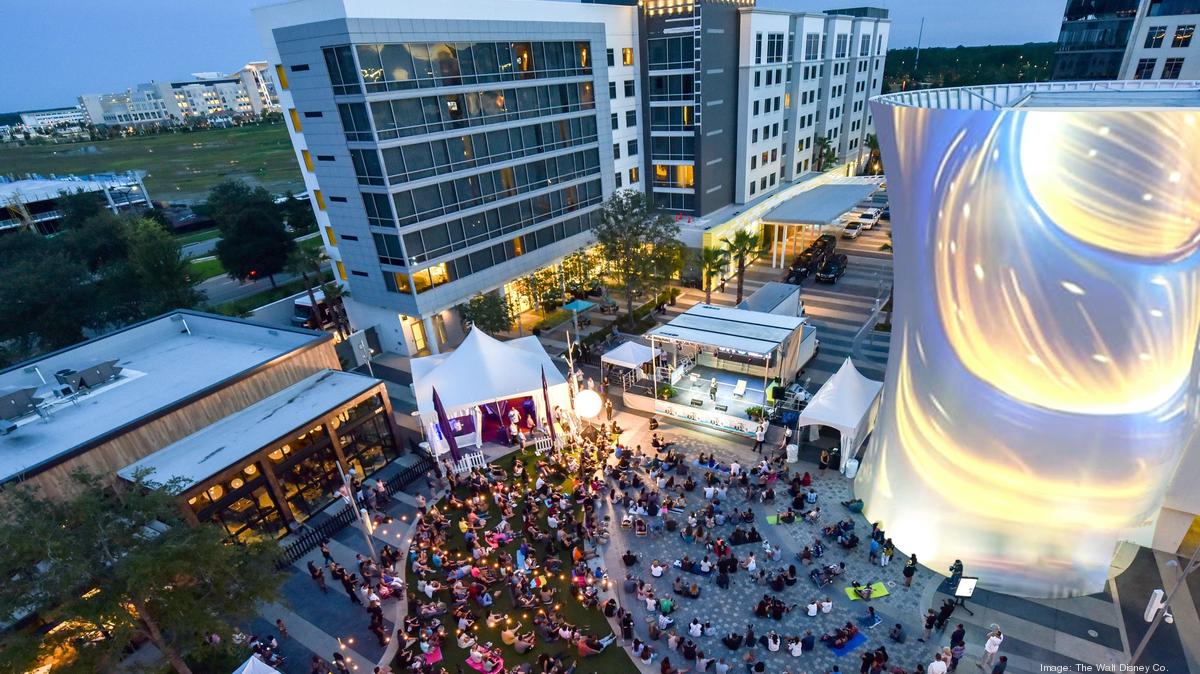
Ultimately, that just scratches the surface on the pros and cons of the Lake Nona move and its cancellation, and is admittedly coming from an outsider’s perspective. I won’t pretend that I have a complete grasp of the potential benefits and negative ramifications of such a move, and there’s undoubtedly a lot that I’m missing.
From the start, I don’t think this news was handled well and it couldn’t have come at a worse time back in 2021. Morale at Parks & Resorts was already bad, and this certainly has not helped. Even making the very generous assumption that the company had good motivations in the move, Disney could have had a longer timeline from the outset or approached the move in a more methodical manner. Instead, this was hamfisted and unorganized from the outset, with an overly aggressive timeline that probably was not viable regardless of the intervening controversies.
I doubt many people internal or external would’ve argued against two large-scale creative campuses–one in Glendale and one in Lake Nona–and letting employees choose where they wanted to work. Like so many announcements executed under the Chapek regime, Disney instead took a “worst of both worlds” approach instead of trying to thread the needle and turn the Lake Nona campus into a positive for the company and Walt Disney Imagineering.
Planning a Walt Disney World trip? Learn about hotels on our Walt Disney World Hotels Reviews page. For where to eat, read our Walt Disney World Restaurant Reviews. To save money on tickets or determine which type to buy, read our Tips for Saving Money on Walt Disney World Tickets post. Our What to Pack for Disney Trips post takes a unique look at clever items to take. For what to do and when to do it, our Walt Disney World Ride Guides will help. For comprehensive advice, the best place to start is our Walt Disney World Trip Planning Guide for everything you need to know!
YOUR THOUGHTS
What do you think about Imagineering and the rest of DPEP cancelling plans to relocate to Lake Nona, Florida? Think WDI staying in Glendale will be a positive or negative–or a mixture of both–for Imagineering and Disney fans? Agree with our takes about the good and bad of move? Do you agree or disagree with our assessment? Feel free to share your perspective, but keep the comments civil. This is not the place for politically-charged arguing, culture wars, antagonism, personal attacks, or cheap shots. We will be heavy-handed in deleting any comments that cross the line, irrespective of viewpoint.




